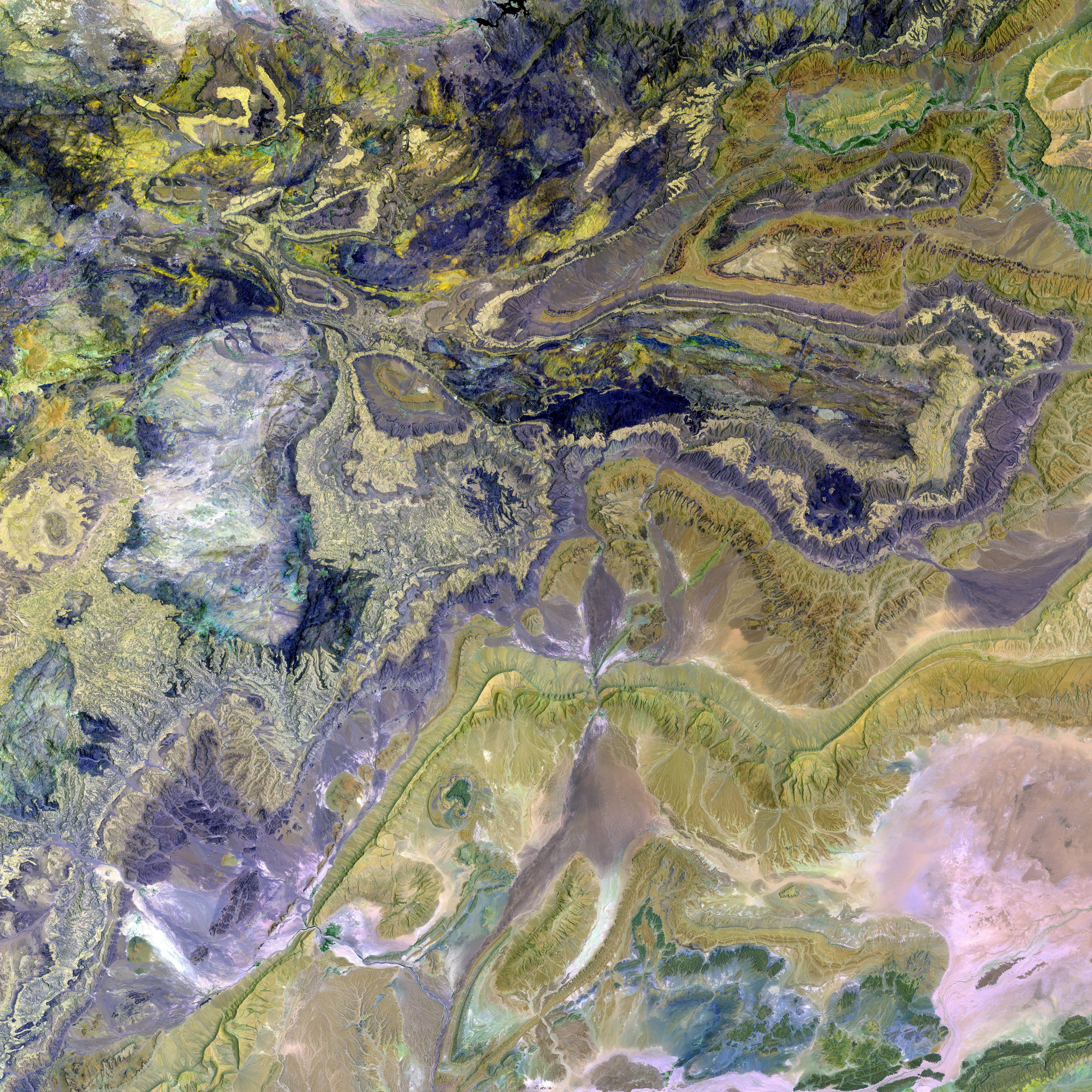Spring-Blooming Pollinator Favorites: 25 Species that Thrive in Spring Conditions
Springtime ushers in a vibrant display of life, with pollinators like bees, butterflies, and hummingbirds taking flight. During this period, these essential creatures rely on early blooms to fuel their journeys. To create a welcoming habitat for these vital pollinators, consider incorporating pollinator-friendly plants that offer color, fragrance, and a nectar-filled welcome mat.
Early-season flowers not only support the ecosystem but also brighten any outdoor space. These blooms help uphold biodiversity and promote healthy food systems, fostering an environment that encourages beneficial insects and boosts your garden's aesthetic.
Lavender (Lavandula)
Lavender, beloved for its calming scent and stunning purple blooms, is a preferred choice for bees and butterflies. This herbaceous perennial thrives in full sun and well-drained soil, making it an ideal fit for sunny garden beds or pots. Its early blooms offer a crucial nectar source for emerging pollinators in the spring. Additionally, lavender is known to ward off certain insects, serving a dual purpose in your garden. Harvesting lavender for culinary or craft uses also adds value to its natural beauty. Drought-tolerant once established, it's a low-maintenance option for your spring planting.
Bee Balm (Monarda)
With its radiant pink and red blossoms, Bee Balm draws in bees, hummingbirds, and butterflies alike. Shaggy and vibrant, its blooms are a beacon for pollinators during the growing season. Preferring moist, rich soil, Bee Balm thrives in full sun but can tolerate partial shade. A native plant in many regions, it's an excellent choice for eco-conscious gardens. Watch out for its spreading tendencies, as it may require some containment either through edging or strategic placement. Moreover, its leaves can be used in herbal teas, offering additional benefits beyond its pollinator appeal.
Salvia (Salvia spp.)
Salvia presents nectar-rich tubular flowers that pollinators adore. Its towering spikes of blue, purple, or red blossoms appear in mid to late spring, offering a timely source of nectar for hardworking pollinators. These hardy perennials thrive in full sun with well-drained soil, becoming drought-tolerant once established. Their continuous blooming potential, with regular deadheading, ensures their value for pollinators lasts throughout the season. Deer and rabbits typically avoid Salvia, helping to reduce damage in your garden.
Coneflower (Echinacea)
Coneflowers produce bold purple petals and distinctive cone-shaped centers that bloom in late spring, offering a food source for butterflies and bees. These daisy-like flowers can often be found blooming into summer and early fall, providing extended support for pollinators. Coneflowers are well-suited for full sun and well-drained soil, often boasting an extended blooming period. Their seed heads also provide sustenance to birds later in the season, increasing their utility beyond spring. Additionally, they are drought-tolerant and hardy, making them suitable for low-maintenance landscapes.
Black-Eyed Susan (Rudbeckia)
Black-Eyed Susans bring cheerful yellow petals and dark centers to your garden, attracting pollinators while maintaining their resilience in heat and dry conditions. These perennials bloom from late spring through fall, offering a long-lasting source of nectar and pollen. They thrive in full sun and can tolerate poor soil, making it effortless to cultivate them in various environments. Their simple flower structure draws in bees, butterflies, and even certain beetles. They self-seed readily, creating naturalized drifts for continuous growth.
Incorporating these plants into your garden provides a life-sustaining haven for vital pollinators while adding charm and color to your outdoor space. To create a buzz-worthy garden, mix colors, heights, and bloom times to support a variety of pollinators for an extended period. Choosing native plants whenever possible will contribute more effectively to local ecosystems. Opt for flowers that bloom from early to late spring to ensure a steady nectar source for our helpful, winged friends.
- Lavender, with its calming scent and attractive purple blooms, is a favored choice for bees and butterflies due to its early blooms, thriving in full sun and well-drained soil.
- Bee Balm stands out with its vibrant pink and red blossoms, drawing in bees, hummingbirds, and butterflies. Preferring moist, rich soil and full sun, this native plant is an excellent choice for eco-conscious gardens.
- Salvia, with its nectar-rich tubular flowers, is another pollinator favorite, thriving in full sun and well-drained soil. Their continuous blooming potential, with regular deadheading, ensures their value for pollinators lasts throughout the season.




